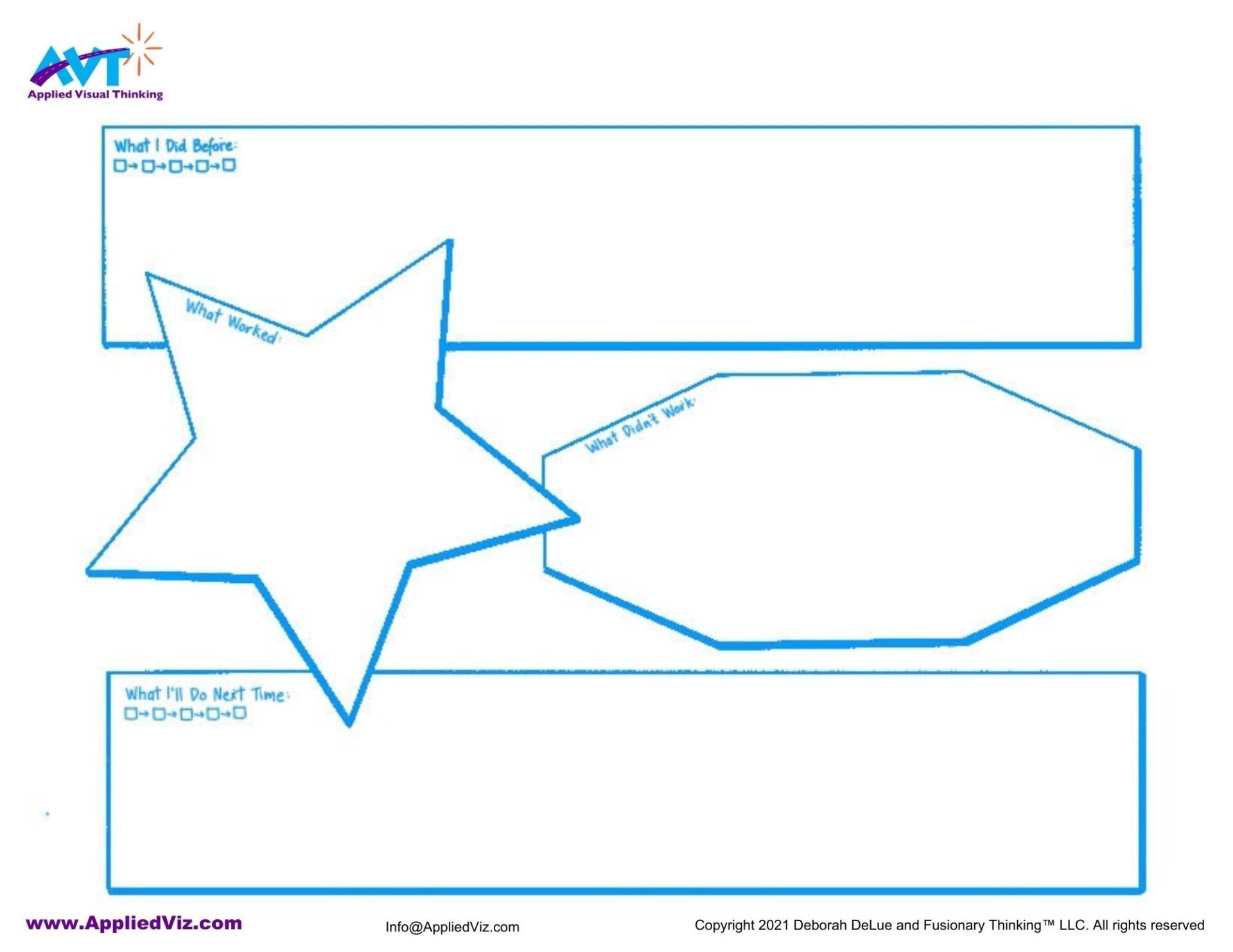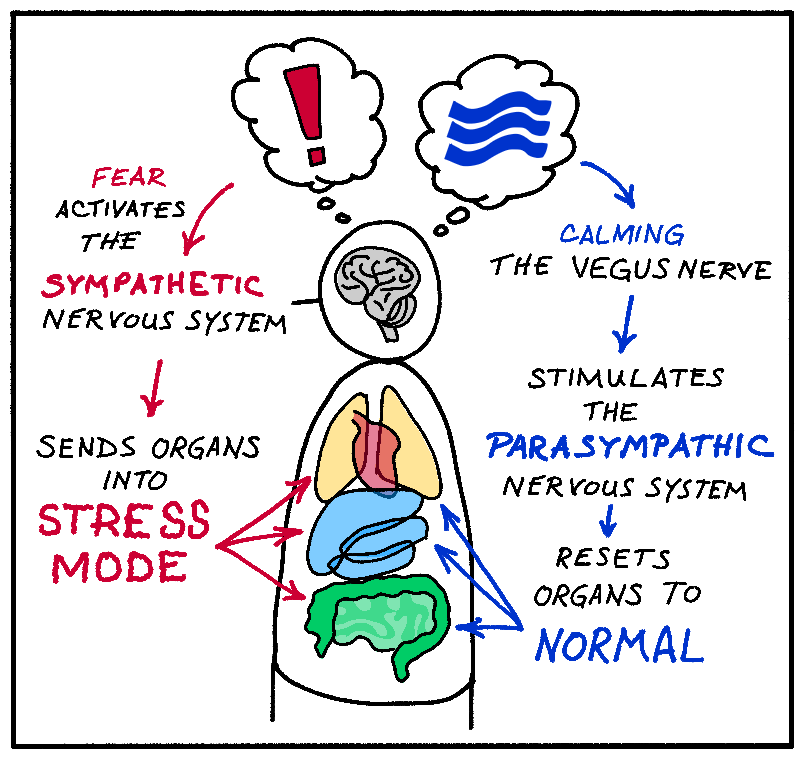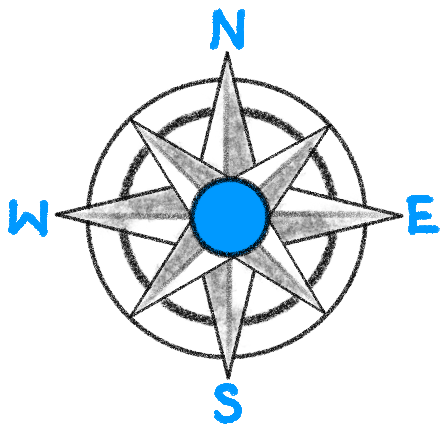When Things Explode & How to Get Back on Track
The Art of Applied Visual Thinking
I recently experienced a big disappointment. A group project I had been working towards for a few months made it almost to the finish line. We were just waiting for some answers from the other party and the final version of the paperwork. Then, early the other morning, I got the news that they changed their minds. I felt like I had woken up back at the starting line with the air let out of my tires completely.
Have you ever had a project you care about implode? How did you feel? What did you do?
I heard a phrase that jolted me into a new appreciation for when things blow up – metaphorically, of course…
“rapid, unplanned deconstruction”
"Rapid, unplanned deconstruction” — this is the humorously visual reframing one of the announcers at SpaceX used four minutes into a planned test launch of their combined Starship and Super Heavy rocket on April 20, 2023. Instead of the two sections neatly separating from one another so that the rocket Starship could continue on its path without Super Heavy, there was a big explosion. Smoke billowed and rocket parts flew.
Back at headquarters, however, there were no heavy sighs, finger-pointing or sad faces. Everyone cheered! This is what “failure” should always look like in my opinion. Their bar was low, and optimism high. If the ship lifted off the platform, the mission would be a success. Anything beyond that would be data they could use for future attempts.
Find JOY (and data!) in FAILURE. My fearless colleague Debbie wrote about the benefits of failing fast and moving forward in her blog post “The best advice I ever received!”. Included in the blog post is a free template that can help you track what you did that worked and didn’t, and capture your thoughts for what you can do differently next time.
Somehow, watching the joyous reactions of these onlookers helped me shed some of my anger, frustration and sadness and start visualizing what data I could take with me into the relaunch of our project. We had invested time and effort, yes, but thankfully not much money. We were, in fact, not back at square one. We had gathered significant information about needs, priorities and wish lists. The challenging work of shifting mindsets and gearing up for change had started. What could we do to build on that momentum?

Here is a quick doodle I made capturing what parts of our project are still intact versus in need of a reset.
When Plan A fails, it can be difficult to come up with a Plan B. Visual thinking can help. Here is a quick exercise that can stretch creative thinking in a fun way and put you on the path towards Plan B.
Blob drawing for groups Part 1
Purpose: start some creative juices flowing, provide an opportunity for lightness and fun after a project "failure"
- Hand out a piece of paper or index card and drawing tool to each person in the group.
- On your mark, ask everyone to quickly draw a random shape on the paper.
- Everyone passes their paper to someone else in the group.
- Set a 1-minute timer. Give the group one minute to turn the shape on the paper they received into something. Anything, real or imagined. Emphasize that the goal is to generate IDEAS, not produce artistic masterpieces.
- When the timer goes off, have each person show their drawing and say what they drew. BONUS: offer a reward (like peppermints or star stickers) to anyone who makes a connection between their drawing and the project.

Blob drawing for groups Part 2
Purpose: pick out the pieces that can help you develop your Plan B
- Hand out another piece of paper.
- Set a timer for 1 minute.
- Have everyone draw a big blob.
- Thinking about the project that "failed," INSIDE THE BLOB have everyone jot down important reusable data, salvageable information and lessons learned.
- OUTSIDE THE BLOB, note things that need to be replaced, reimagined, adjusted or tweaked.

The Payoffs
- You've blown off steam with your team using humor and creativity.
- You've generated a ton of significant data.
- You can use this data to inform the next stage of project planning.













